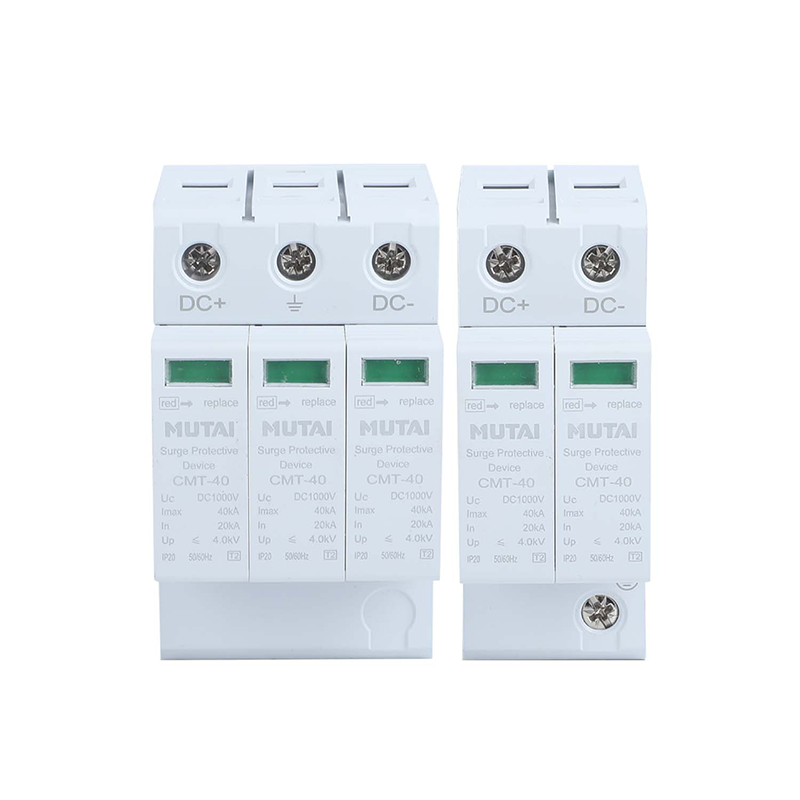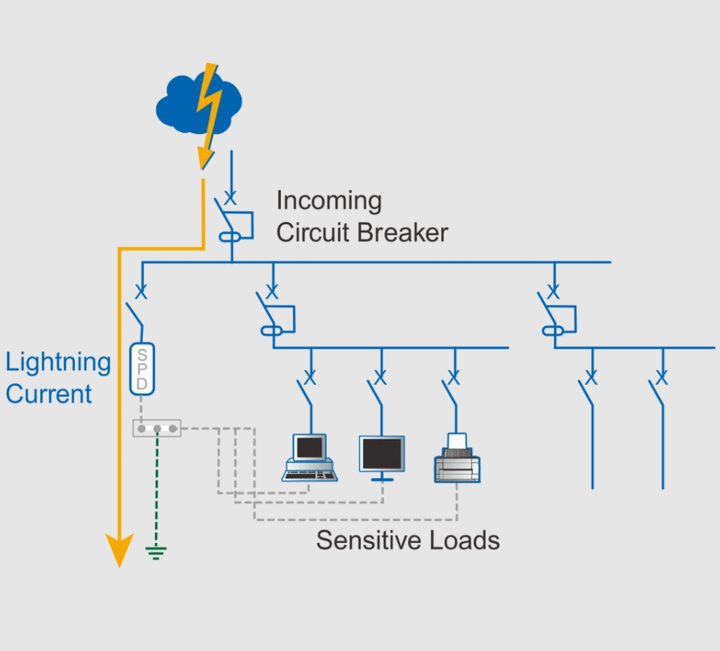Surge protectors, also known as surge protective devices (SPD), are essential components in any electrical system. They play a crucial role in protecting sensitive electronic equipment from the damaging effects of voltage surges and transients. In this article, we will explore how surge protectors work and the principles behind their operation.
In the most basic sense, a surge protector limits the transient voltage and diverts the current back to its source or ground when a voltage transient occurs on a protected circuit. This is achieved through the use of at least one nonlinear component that transitions between high and low impedance states under different conditions. During normal operating voltage, the surge protector remains in a high impedance state and does not affect the system. However, when a voltage transient occurs, the surge protector enters a conductive state (or low impedance) and diverts the surge current back to its source or ground, effectively limiting or clamping the voltage to a safer level. Once the transient is over, the surge protector automatically resets back to its high-impedance state.
A surge protection device contains at least one non-linear component such as a varistor or spark gap whose resistance changes with the voltage applied across it. These components are designed to divert discharge or pulse currents and limit overvoltages in downstream equipment. During normal operation, the surge protector has no effect on the system and acts as an open circuit, maintaining isolation between the active conductor and the earth. However, when a voltage surge occurs, the surge protection device reduces its impedance and diverts the surge current within a few nanoseconds. It behaves like a closed circuit, short-circuiting overvoltages and limiting them to levels acceptable to the downstream connected electrical equipment.
The working principle of surge protectors is crucial in safeguarding electrical and electronic systems from the damaging effects of power surges. When integrated into an electrical system, surge protectors provide a reliable defense against transient events that could potentially cause equipment failure, downtime, and costly repairs. By diverting and limiting overvoltages, surge protectors help to ensure the continued operation of sensitive equipment, resulting in increased reliability and reduced maintenance costs.
In conclusion, surge protectors, or SPDs, are essential components that provide critical protection for electrical and electronic systems. By understanding the working principle of surge protectors, it becomes clear how they play a vital role in safeguarding equipment from the damaging effects of power surges and transients. With their ability to limit overvoltages and divert surge currents, surge protectors are indispensable in ensuring the continued operation and reliability of sensitive equipment. As such, integrating surge protectors into electrical systems is a practical and cost-effective way to mitigate the risks associated with power surges and transient events.
Post time: Jan-29-2024






